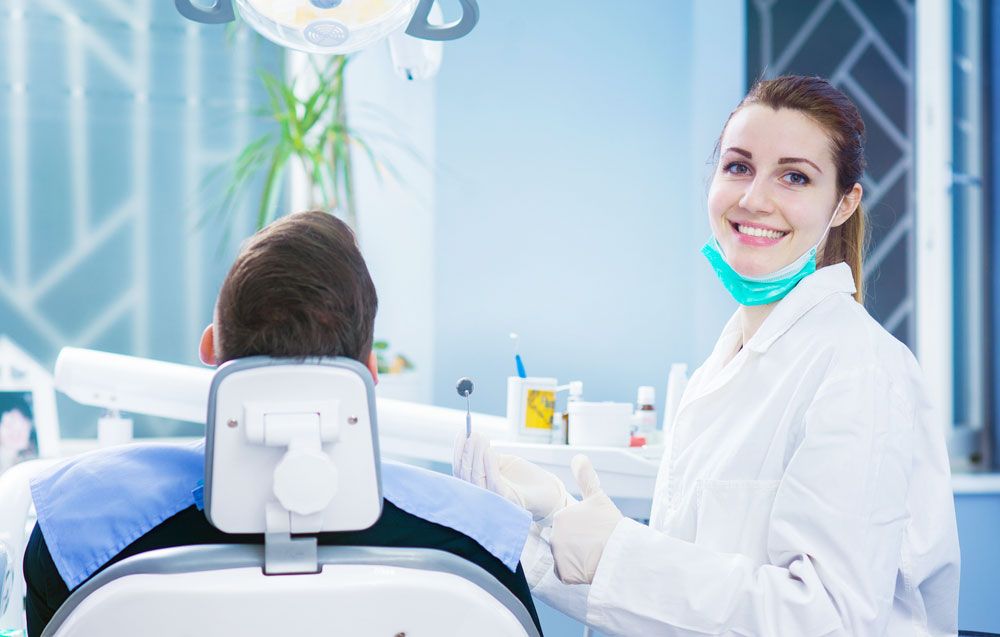Periodontal scaling and root planing are procedures used to treat periodontal disease. Thought of by many as a ‘deep cleaning’, this in-office procedure involves the careful removal of hardened plaque near the gum line, where harmful bacteria can grow and cause damage to both the hard and soft tissues of the mouth. The treatment starts with scaling, during which special instruments are used to scrape tartar away from the teeth and gums. Root planing follows, which is a process of smoothing the surface of the tooth’s root in order to prevent bacteria from accumulating there in the future. Finally, an antibiotic is administered to ensure that no bacteria remain at the treatment site.
Did you know…
that you cannot brush or rinse away hardened plaque that causes periodontal disease? The only thing you can do is prevent is from accumulating by using good brushing and flossing habits. Once tartar has formed, the only way to remove it is via a professional dental or periodontal cleaning.
Frequently Asked Questions
Do I need a periodontal scaling and root planing?
You may need scaling and root planing if you are suffering from mild to moderate periodontal disease. Visit your dentist for an exam if you are experiencing any of the symptoms of periodontal disease, such as inflamed or receding gums, chronic halitosis, or loose teeth. If your periodontal disease is advanced, you may require grafting or flap surgery.
What should I expect during a scaling and root planing?
If you require a scaling and root planing, you’ll first be made comfortable – perhaps using a local anesthetic. You should feel little or no discomfort other than the sensation of the cleaning tools scraping away hardened plaque. Procedure lengths vary according to the extent of the disease and the areas it is located within the mouth. If your periodontal disease is widespread, you may need to spread out your treatment into multiple visits.
Will I need to follow any special post-treatment care instructions?
Yes. You’ll need to follow all instructions for antibiotic usage following your treatment. You’ll also be advised to avoid certain habits that can cause recurrences of periodontal disease in the future, such as smoking. Most patients experience little or no discomfort after scaling and root planing, although your mouth may continue to be numb for several hours following the procedure.


